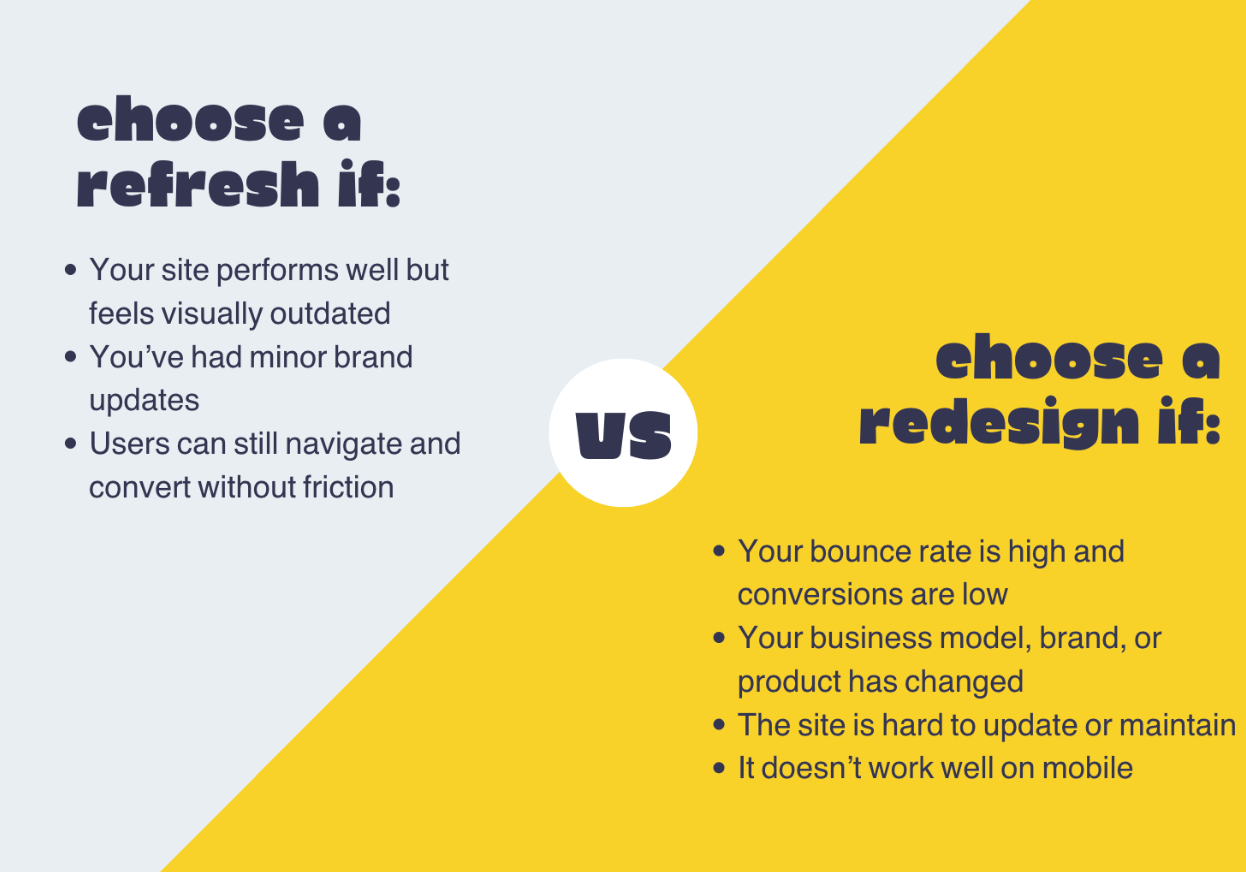Why UX Design is Important for Your Small Business Website
Image: pexels.com
UX—these two little letters can make a huge impact on your small business’ online sales and engagement. For the acronym-uninitiated, let’s take a moment to define UX.
UX stands for user experience. So, UX design is creating a web design that considers how your customers interact with your website. A user’s experience is, after all, can really be summed up as how they feel during their interaction with your site or product. So, UX design involves improving accessibility, usability, and the aesthetic of your site to create a satisfying experience for your customers.
To do UX design well takes a lot of knowledge about web standards, various devices, accessibility requirements, and of course, your customers. So, of course, you’re probably wondering if it’s worth the effort.
And that answer, my friends, is a resounding yes. Let’s look at some strong reasons you will want to go through the effort to fine-tuning your UX design.
Builds customer loyalty
A company that anticipates its customer’s needs builds loyalty right out of the gate. Think about it, would you rather go to an online store where you have to dig to find what you’re looking for; or would you rather go to a site that serves you exactly what you came to find? It’s a no-brainer.
Think about it like this: what kind of car repair shop do you go to? Do you go to the one that has a dirty lobby or tries to upsell you on a lot of repairs you don’t need? Most likely not. Most people will choose a shop that seems trustworthy, provides great service, and has a clean waiting room. They will choose and be loyal to the company that provides them with the best experience .
UX drives sales
So, to bounce off of the loyalty aspect, attention to UX also drives sales. There are two different reasons for this. Of course, as we mentioned above, brand loyalty goes a long way to creating sales. If a customer has a great experience, they tend to become repeat customers.
The other aspect of this is more on the technical side—UX design drives sales by anticipating what a user wants to buy and making it easy for them to do so. This sounds simple in theory, but it’s a tricky thing to get right. UX design can create a great looking website that has a logical, understandable flow to it. However, finding that secret sauce that drives sales by showing upsell products that a customer wants at just the right moment, then making the cart simple to purchase from, is an ongoing battle. It takes deeply understanding your customers through monitoring their purchases, actions, and reactions to the experience.
Once you understand your customers and build solid personas about them and their buying habits, UX design can help you create a website that is truly a money-making powerhouse.
Increases referrals and sign-ups
It’s every online business’ dream to collect the right information from customers every time. Contacting your customers or potential customers through email is critical to the success of your site. Not only can you send them product updates and high-converting emails for sales, but you can also ask them for surveys to make their experiences even better.
Well-reasoned UX design will lead to enticing sign-up forms that drive conversions and increased engagement. This is done through improving the usability of the form itself and making it easy to fill out, no matter which device the client is on. Social sign-in is another great way of gaining coveted clicks from customers, as the information they have to actually type is limited.
UX design can also simplify and improve your referral program. If you don’t have a referral program, you can also see increased word-of-mouth, social media, or forwarded email referrals. After all, if you’re providing great service to your customers, they’re sure to tell their friends.
Improves SEO
One of the hidden features of UX design is that it will improve your SEO (search engine optimization). Why is this? Well, a lot of UX design involves creating a site that is well-labeled and easy to understand. This means headings, titles, and meta-information is clearly in place for your human users to read. Luckily, this is also beneficial to the crawlers that visit your site from major search engines. This type of structure makes it easy for sites like Google to understand exactly what your site offers.
It also improves SEO from some more technical areas, like load time. UX design can involve simple things like making sure your images are the proper size for the web. A large image can hinder page load times on a slow connection, which decreases usability. If you fix load times, not only will customers see the benefit, but so will Google. Google weighs load time when calculating your ranking.
Opens services to people with disabilities
There has been a large push in web design in recent years to improve web accessibility for people with disabilities. Many elements of UX design improve experience for everyone, but it’s important to include people with disabilities . Some elements are small, like a button that takes the user back to the top of the page from the bottom or providing well-labeled alt text on images. However, UX design can also involve creating a site that is friendly to color-blind users, or that reads well on a screen reader.
This opens your small business up to a whole group of clients that may have been shut out by a site that didn’t make these considerations. People with disabilities deserve the same consideration and great experience as able-bodied people. With proper UX design, you can provide that experience!
There’s a lot of technical knowledge that goes into UX design. However, if you want your small business to be a true contender online, it’s important to seriously consider bringing a knowledgeable web design team with a UX designer to the table. A well-considered, tested, and designed website will help amplify your online brand with a logo , create customer loyalty , improve SEO of your website , increase sales, and create long-lasting goodwill toward your brand from the customers you serve.
Author Bio
Dylan Mckenzie is best known for his expertise in digital media, who can write on diverse topics including branding, social media, design and content marketing. Connect with him for your content needs.
The post Why UX Design is Important for Your Small Business Website appeared first on Olive Street Design.



















